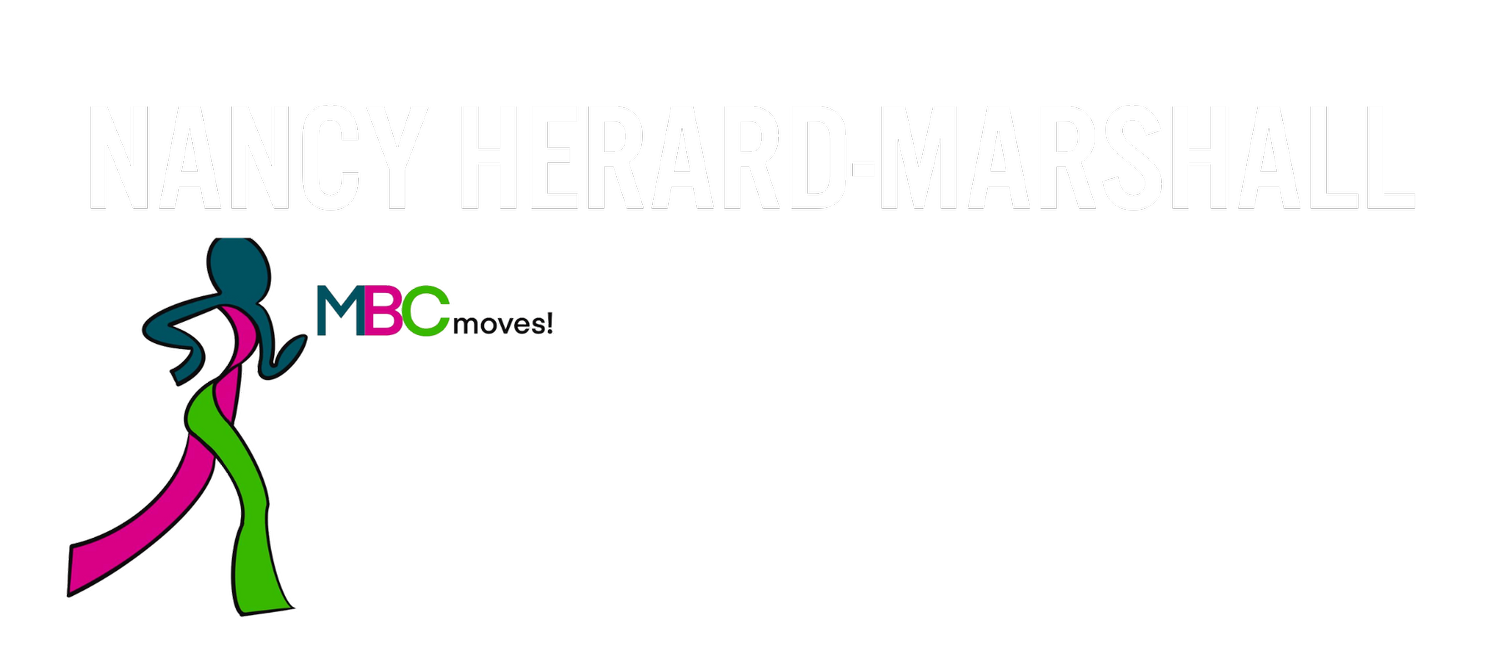What the Evidence Says About Dance/Movement Therapy in Cancer Care
This article was written by Suzi Tortora, EdD, LCAT, LMHC, BC-DMT, Jyothirmai Gubili, MS, and Latisha Andre-Jones, MSN, RN, CPNPoriginally appeared on voice.ons.org on May 21, 2021.
Dance/movement therapy (DMT) is a complementary modality that may help patients manage cancer and its treatment-associated symptoms. Based on the concept that mind, body, and spirit are interconnected, it combines the communicative elements of dance and movement with other body-focused activities—such as guided imagery, mindfulness, breath awareness, and play—to create an emotionally inviting environment where participants can share feelings and experiences.
The American Dance Therapy Association defined DMT as “the psychotherapeutic use of movement to promote emotional, social, cognitive, and physical integration of the individual, for the purpose of improving health and well-being.” Used in a medical setting, it provides psychosocial support during conventional treatments.
What the Research Reveals
Clinical research on DMT’s effects is limited. In a randomized study, 139 patients with breast cancer undergoing radiotherapy received usual care or six 1.5-hour group DMT sessions twice a week for three weeks. Researchers reported significant reductions in pain severity, perceived stress, and pain interference (p < 0.05) with DMT compared to usual care. And a follow-up study with 104 patients found that patients who received DMT during radiotherapy benefited more than those who received it one to two months after completing treatment. Benefits included improved coping with cancer symptoms and treatment; improved well-being and appreciation of self and body; total functioning; bridging back to normal life; and participating in a shared positive experience.
In another small study of 16 children with brain tumors receiving chemotherapy, researchers found that participation in individual creative arts therapies using dance/movement, music, and art was superior to receiving attention from a volunteer. Benefits included reductions in pain (p = 0.03), nausea (p = 0.0061), and nervousness (p < 0.02) and improvements in mood (p < 0.01), excitement (p < 0.05), and happiness (p < 0.02).
Data from two systematic reviews and a meta-analysis indicated that DMT and DMT-specific activities were well received, had no detectable adverse effects, and were sustainable. The trials’ qualitative measures showed DMT’s effectiveness on patient-perceived benefits, including mood, vitality, and depression and anxiety.
DMT’s nonverbal, body, and behavioral aspects of DMT are difficult to measure using verbal intervention tools, and its improvisational clinical methodology does not easily translate to systematized quantitative research. But researchers are embarking on new diverse global approaches that may minimize those limitations and increase the body of high-quality evidence.
What Oncology Nurses Need to Know
Cancer is a complex illness, and helping patients find emotional outlets is crucial. DMT enables patients and their families to actively explore their experiences through a healing and cohesive narrative that can have a preventative effect against the trauma of cancer and its treatments (Tortora & Keren, in press).
Emerging evidence supports DMT’s benefits in both pediatric and adult patients with cancer, and DMT is included in the latest definition of pediatric integrative oncology as an “evidence-based approach to benefit pediatric patients and their families.” As the center of patient care throughout the cancer trajectory, oncology nurses can help integrate DMT into standard care to improve patients’ quality of life and physical and psychosocial outcomes.
Disclosure: Suzi Tortora and Latisha Andre-Jones’s work is supported in part by grants from the National Cancer Institute/National Institutes of Health (P30-CA008748) and the Andrea Rizzo Foundation.
Tortora, S., & Keren, M. (in press). Dance movement therapy for young children with medical illness: Treating somatic and psychic distress. New York, NY: Routedge.

